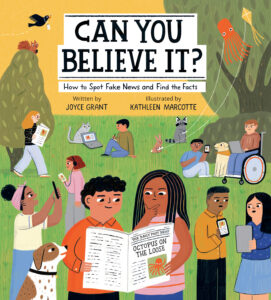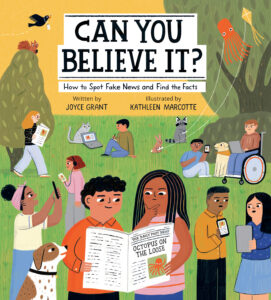
Want to know what Canada’s prime minister did yesterday?
Just read his Twitter feed.
Harper tweeted a picture of his cat, Stanley, sitting on a chair beside him while the prime minister ate his breakfast. He tweeted a time-lapsed video of his drive to work; viewers could see the Canadian flag flying on the hood of his car and watch the PM leave his limo with a briefcase full of work.
Harper even posted a video of himself giving a high-five to an MP. That happened in response to a tweet by MP Michelle Rempel that read:
Checking out @pmharper’s #dayinthelife stream. Hope to add “gave a high five to a pint sized MP”.
After the high-five, she tweeted “Mission accomplished.”
People use Twitter to send short messages, including photos and videos, to their “followers” (people who subscribe to their Twitter feed).

Prime Minister Harper has been using Twitter since 2008. His first tweets prompted people to check out “the new Conservative (party) website” and ads.
These tweets were very different.
They showed a more personal side of the prime minister, inside private spaces such as his dining room and his car.
They used the hashtag #dayinthelife. A hashtag (literally, the # symbol) lets people sort tweets. In this case, Harper tweeted about his day—nearly hour by hour.
“A Day in the Life” is the title of a well-known song by one of the prime minister’s favourite bands, the Beatles.
Harper’s #dayinthelife tweets ended with a picture of himself and his wife, Laureen, “calling it a night.”
He told his followers:
Thanks to all for following me on this first day back in Parliament! #dayinthelife
— Stephen Harper (@pmharper) January 29, 2013
CURRICULUM CONNECTIONS
By Jonathan Tilly
Writing/Discussion Prompt
Prime Minister Harper allowed the world to see a glimpse of his everyday life. If you could see the daily life of any one person in the world, who would it be and why? What would you expect to see? What might be surprising?
Reading Prompt: Responding to and Evaluating texts
Why do you think Prime Minister Harper chose to show Canada, and the world, a day in his life? What image of Stephen Harper do these tweets create? How do they convey this message?
Primary
Express personal opinions about ideas presented in texts (OME, Reading: 1.8).
Junior
Make judgements and draw conclusions about the ideas and information in texts and cite stated or implied evidence from the text to support their views (OME, Reading: 1.8).
Intermediate
Evaluate the effectiveness of both simple and complex texts based on evidence from the texts (OME, Reading: 1.8).
Grammar Feature: Quotation Marks
Today’s article includes many quotation marks ( ” ). Writers can use quotation marks in many different ways. Most often, quotation marks are used to show the exact words that someone has spoken. For example,
Ms. Ruiz reminded her class, “don’t forget to take home your lunch bags!”
Sometimes quotes are used to show the reader a title. Here too, quotation marks are placed on either side. For example,
Mr. Quinlan’s favourite song by Stevie Wonder is “Heaven Help Us.”
As well, quotes are also sometimes used to show readers that a word is being used in an uncommon way. For example,
The overtime loss was a “black-eye” on the team.
Reread today’s article and underline in green all of the quotation marks that are used to show exact speech. Next, underline in red all of the quotation marks that are used to show a title. Finally, underline in blue all of the quotation marks that are used to show an uncommon use.








